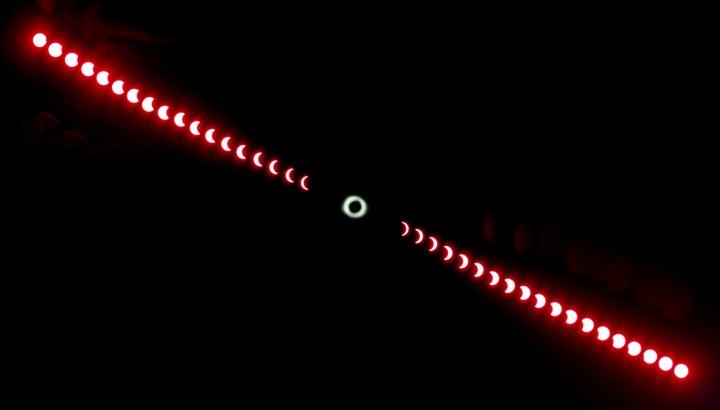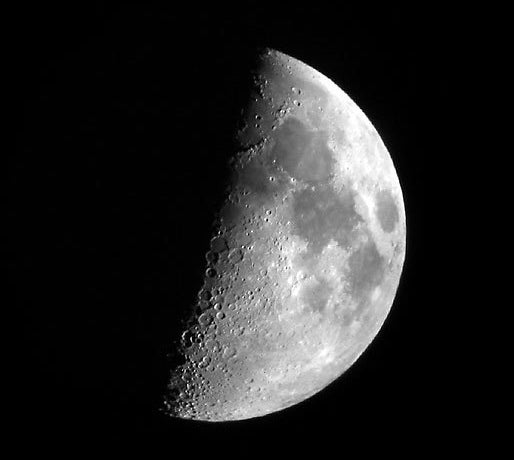
Co-authored by Megan Watzke
On August 21st, a total solar eclipse will be visible from Oregon to South Carolina. This event will be a once-in-a-lifetime event for millions in the United States who will get to experience what happens, for a brief period of time, when day turns to night. The last time the U.S. had such a coast-to-coast view of a total solar eclipse was almost 100 years ago.
There will be many articles about the majesty and importance of total solar eclipses in the coming weeks, leading up to the momentous event. This list, however, outlines perhaps lesser-known things about the phenomenon that makes total solar eclipses possible: light.
1.An eclipse is when an object in space obscures or blocks the light from another object. An eclipse can be thought of as a cosmic shadow or as light that does not pass (invoke your best Gandalf impersonation here).

2.We find shadows in many different places here on Earth (an umbrella blocking your sunlight at a beach, shade from trees, etc.), but shadows occur on much larger scales as well. Scientists see light being blocked across planets, giant gas clouds, and more.
3.Many of us think of light as the stuff we can see with our human eyes. In fact, radio waves, microwaves, infrared light, ultraviolet, X-rays, and gamma rays are all different flavors of light, beyond what humans can detect.
4.While we are most familiar with the “visible light” given off by the Sun, our nearest star also produces light from radio waves to gamma rays. Think of ultraviolet light, which is the source of sunburns, or infrared light, which delivers heat. Luckily for us, Earth’s atmosphere blocks more energetic light (X-rays, etc.) from reaching life down here on the surface.

5.Shadows can take place using all of these different kinds of light. For example, an X-ray at the doctor’s or dentist’s office involves looking at the shadow left by the dense bone to see if there are any issues with it.
6.Scientists can also use shadows to study different kinds of cosmic objects. Much of the preliminary information gained about thousands of planets outside of our Solar System – “exoplanets” – has been through studying blocked light via the “transit method.”
7.Nothing travels faster than light. In a vacuum, it moves at about 300,000 km per second or 670 million miles per hour. This means that it takes over 8 minutes for light from our Sun to reach Earth.
8.Most objects, including our own planet and celestial objects like the Moon, do not give off their own visible light. Instead, they reflect and absorb light from a source that does, such as our Sun or a light bulb. (Depending on their internal structure, some planets can generate other types of light such as infrared.)

9.We see objects as a certain color because they reflect that color and absorb the others. For example, plants look green because they have absorbed the other colors (red, blue, etc.) from sunlight for the process of photosynthesis.
10.The path of light can be bent. This is called refraction and it’s responsible for everything from red sunsets to colorful rainbows.
BONUS: Without light, particularly that from our Sun, life as we know it would not exist.
These are just a few fun things to consider before our Sun temporarily goes dark on August 21st, 2017. A solar eclipse like the one many in America will be able to experience that day -- assuming the weather cooperates -- provides an excellent opportunity to reflect (pun intended!) on the wonders of light and what it does for us.
Megan Watzke and Kimberly Arcand are the authors of “Light: The Visible Spectrum and Beyond” published by Black Dog & Leventhal. Their latest book, “Magnitude: The Scale of the Universe” by the same publisher will be available on November 7, 2017.
